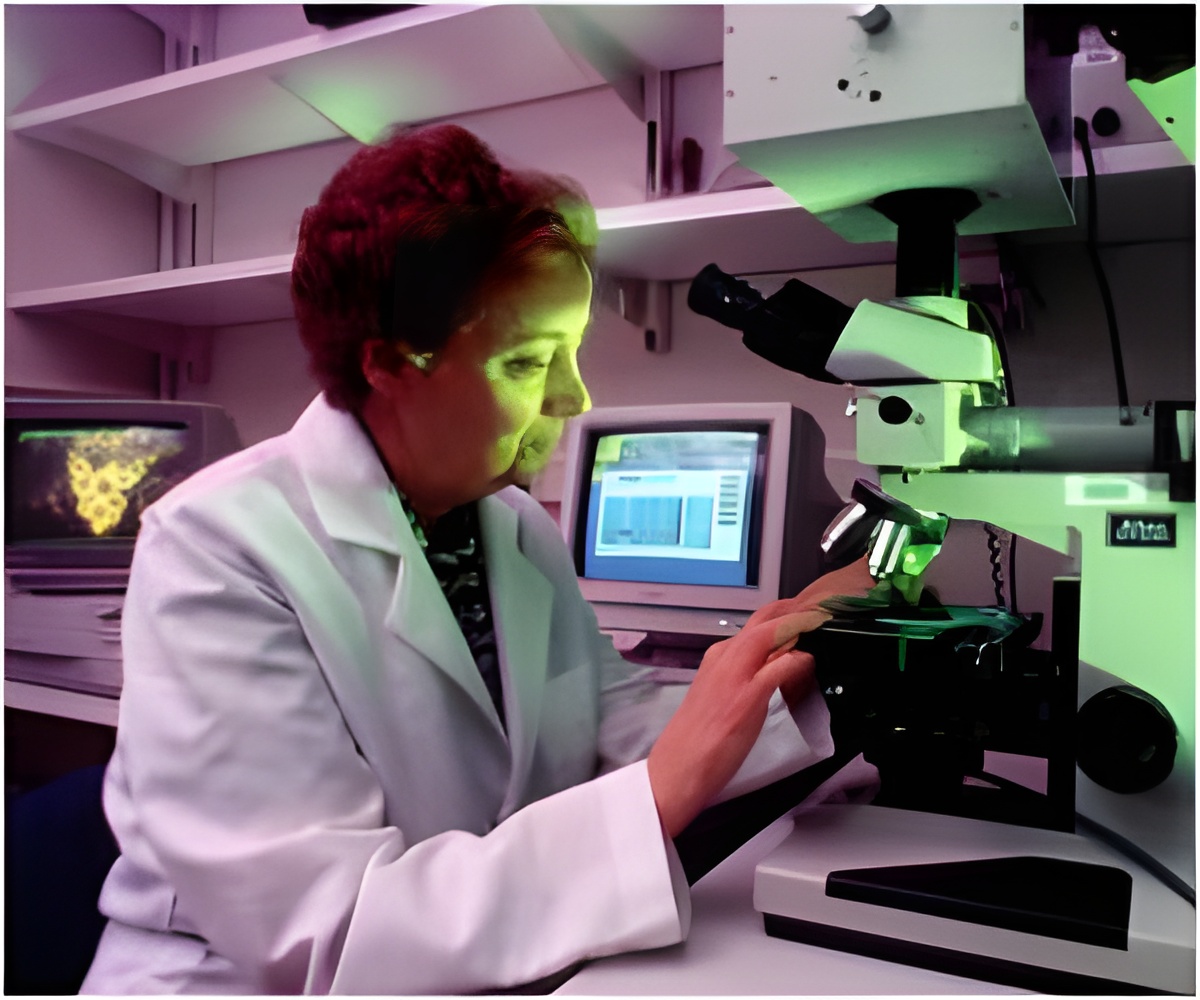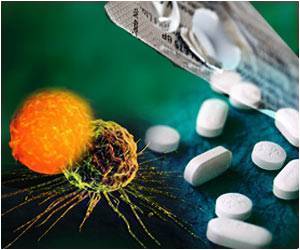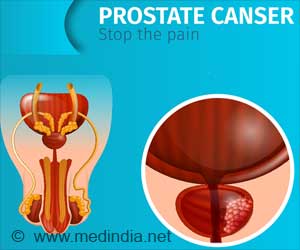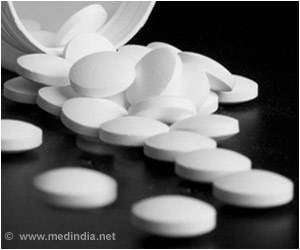Dartmouth researchers used visible light to reduce waste produced in chemically activated molecular switches.

However, these switches generate waste and side products that are problematic. In their experiments, the researchers show that by using light energy, similar to how photosynthesis operates in nature. A merocyanine-based photoacid derivative can effectively be used in a switching process that is fast, efficient and forms no wastes.
Author Ivan Aprahamian said, "We address a bottleneck that's been hampering the field for decades -- what to do with the accumulated salts and side products when activating such switches. Acids, bases and other compounds need to be constantly added to the mix to make sure the system can be switched, but within a few cycles there is so much waste that it interferes with the switching process. We found a neat solution by coupling an efficient photoacid to our chemically activated hydrazone switch. We showed the system can be efficiently modulated more than 100 times with no accumulation of waste or degradation. We are using visible light to accomplish this, so in reality we are converting light energy into a chemical output, similar to what happens in photosynthesis. You can look at this as a 'green' process that closes the loop in a nanotech-related process, and it will reduce waste in future industrial applications of molecular switches."
The study is published in the ‘Journal of the American Chemical Society’.
Source-Medindia









